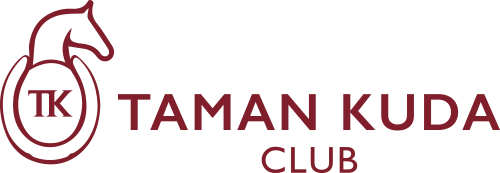There is no general right of privacy in Australia. The Privacy Act 1988 (Cth) (Privacy Act) regulates the collection, use, storage and disclosure of personal information by some businesses and government agencies.
Region Media is bound by the Australian Privacy Principles (or APPs), which are the cornerstone of the privacy protection framework in the Privacy Act 1988 (Privacy Act).
The 13 Australian Privacy Principles and govern standards, rights and obligations around:
- the collection, use and disclosure of personal information
- an organisation or agency’s governance and accountability
- integrity and correction of personal information
- the rights of individuals to access their personal information
The Australian Privacy Principles are technology-neutral, principles-based law.
A breach of an Australian Privacy Principle is an ‘interference with the privacy of an individual’ and can lead to regulatory action and penalties.
Rights regarding photography
There are no publicity or personality rights in Australia, and there is no right to privacy that protects a person’s image. In normal circumstances, a person’s consent is not required for their photo to be taken or their image to be recorded in public.
In some specific circumstances a person’s image could be regarded as ‘personal information’ and images may be regarded as defamatory or an infringement on copyright.
Photographs cannot be published if:
- the publication of the photograph of a person is a specific breach of the Privacy Act;
- if the photographs of person were obtained as the result of the photographer trespassing on private land
- if the taking of the photograph results in the breach of a duty, such as a duty to keep information confidential.
A landowner has the right to impose restrictions on photography, including museums, galleries and sporting grounds, and land owned by local government., educational institutions (both government and non-government schools), child-care services, hospitals and nursing homes. Permission should be sought in these settings.
Police have no specific powers to stop the media from taking photographs of them or of crime scenes as long as the media stays outside of the crime scene itself and obeys all lawful directions of police officers.
Media regulation
Print news media (and associated online activities) have self-regulatory standards of practice. The Australian Press Council ‘is the principal body with responsibility for responding to complaints about Australian newspapers, magazines and associated digital outlets’.
Print media and their online outlets may also adopt their own codes of conduct. You can find Region Media’s editorial standards here.
The Office of the eSafety Commissioner (eSafety Office) is supported and empowered under the Enhancing Online Safety Act 2015 (Online Safety Act) and schedules 5 and 7 of the BSA Act. The schedules constitute the Online Content Scheme, which draws on principles in the National Classification Code to regulate prohibited online content.
The Australian Cybercrime Online Reporting Network, provides a mechanism to report online crimes and abuse to law enforcement, including prohibited online content and cyberbullying.
However, internet platforms, such as Facebook and YouTube, do not currently require any type of licence and, hence, are almost entirely unregulated under the BSA Act.








"“Does that mean we get the same laws and have to change to ACT rego,” wrote another." Ha, and… View